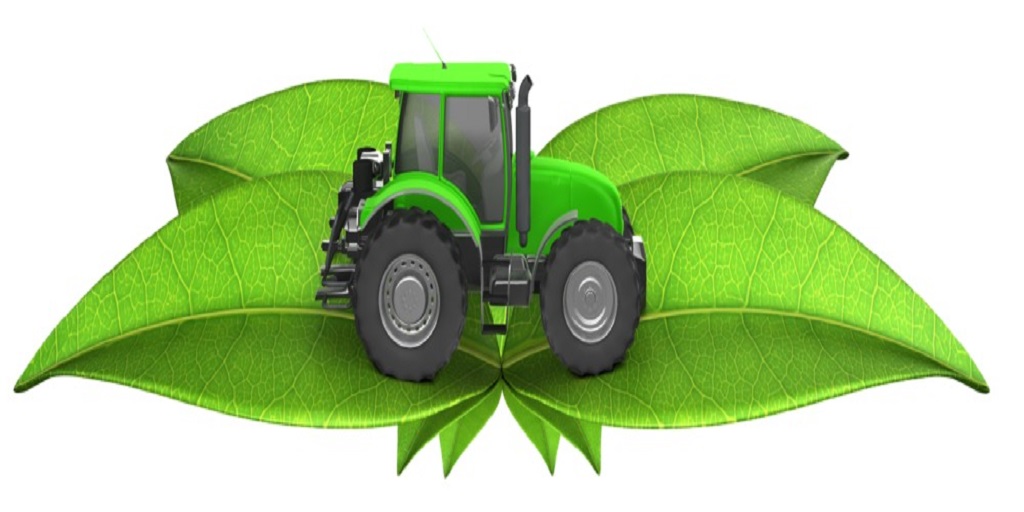Pepsi & Potatoes
Pepsi & Potatoes
PepsiCo or the company producing Pepsi products, has been produced one of the most well-known products to date: Pepsi cola. However, PepsiCo also owns many other well known companies such as Gatorade, Quaker Oats, and Lays. But PepsiCo found itself in a dispute with some farmers over a certain kind of potato. PepsiCo alleged the farmers had used one of their patented potatoes and committed patent infringement. The lawsuit is still in its early stages and PepsiCo has offered to settle with the farmers and not ask for compensation if the farmers join their cultivation program.
To read more about this case, click here.
What is patent infringement?
A patent generally gives the patent holder the right to make, use, sell, offer for sale, or import into the United States a patented invention. The scope of the patent is usually determined by the patent claims, and the claims are usually broken down into elements. There is direct patent infringement when a party makes, uses, or sells a product containing all the elements of a patented invention. However, there is also infringement under the doctrine of equivalence if a product does not necessarily contain all the elements of an invention, but may contain equivalents to the elements of the patented invention.
What happens next?
So far, it seems a bit too early to predict the outcome of the lawsuit. Additionally, the lawsuit is based in India, which may have patent laws that differ from American patent law. In the meantime, let’s look at some patents owned by Lays (more formally known as
FRITO-LAY, INC ). It should be noted that these are most likely not the patents involved in the lawsuit.
Design patent
Design patents, as opposed to utility patents, protect the ornamental features of something. They generally don’t confer protection for functional aspects of an invention. Functional aspects of invention are covered by utility patents.
Snack food product (U.S. D 679,476)
This design patent covers one of the iconic design of chips: the wavy chip with ridges. To see the entire patent, click here.

Utility Patents
These are just some of the patents that were assigned or currently assigned to Lays. As stated above, utility patents cover some functional aspect of the invention.
Potato product with opposite corrugations of different frequencies (U.S. Patent No. 4,508,739)

The abstract states “[f]ood product pieces are formed with corrugations on opposite sides thereof wherein the corrugations formed on one side have a frequency in the range from 1.5 to 5 times the frequency of the corrugations formed on the other side. As a result, flavor and texture development can be controlled during later cooking processes.”
Claim 1 reads: A food product comprising:
a potato slice or potato dough sheet having corrugations on opposite surfaces thereof,
the corrugations on one surface having a frequency in the range from 1.5 to 5 times the frequency of the corrugations on the opposite surface, and
said slice or sheet having the capability of being cooked differentially in different thickness portions thereof.
Coating composition for comestible products (U.S. Patent No. 4,913,919)
The abstract of this patent says “[t]he texture, flavor and/or color of comestible products may be modified by applying a high solids, aqueous coating composition to the surfaces thereof, which coating composition comprises from 10% to 40% by weight maltodextrin and from 10% to 40% by weight starch granules.”
Claim 1 reads “[a] coating composition for modifying the texture of a comestible product comprising an aqueous suspension having a solids content of at least 40%, said suspension comprising from 10% to 40% by weight maltodextrin and from 10% to 40% by weight starch granules.”
Process for preparing low oil potato chips (U.S. Patent No. 4,933,199)
According to the abstract, “[a] novel process and apparatus is disclosed for producing potato chip products having less than twenty-five weight percent oil based on the total weight of an unseasoned chip. The process requires parfrying potato slices, dealing and partially dehydrating the slices with superheated steam and then further dehydrating the slices.”
Claim 1 reads as “[a] process for preparing low oil potato chips comprising the steps of:
(a) partially frying potato slices in frying oil such that the frying oil content of the par-fried potato slices ranges from 28 to 40 weight percent and the moisture content of the par-fried potato slices ranges from about four to about ten weight percent, based on the weight of the par-fried slices;
(b) de-oiling and partially dehydrating the par-fried slices with superheated steam such that the slices have an oil content of less than twenty-five weight percent based on the total weight of a de-oiled slice having a moisture content of two weight percent, said de-oiling occurring in a reduced oxygen environment; and
(c) dehydrating the de-oiled slices further to produce potato chips having a moisture content of less than about two weight percent based on the weight of the so-formed potato chips.
What are your thoughts on PepsiCo’s lawsuit concerning their patent on potatoes? How about the patents that Lays own?
Leave a comment below to let us know what you think!
Interested in more intellectual property? Here’s a video!
Sign up today!
Does this article interest you? Subscribe to the LoTempio Law email newsletter to receive posts and updates just like this conveniently in your email box!
If you’ve enjoyed this blog post, we have lots more where this came from, including an Inventors Guide Video Series where we help you turn your good idea into a profitable invention, and tons of other great content. Check out our Youtube channel, PatentHome for more!
Simply enter your email address and hit sign up and you’ll get everything, including blog posts like these, conveniently in your email box!
Have any questions? Give us a call at 1-800-866-0039. Consultations are FREE.
Disclaimer: This article is not legal advice. It is only for educational or entertainment purposes only. Please do not use the article or contents of the article without permission. For legal advice and questions, please contact registered Patent Attorney Vincent LoTempio.

